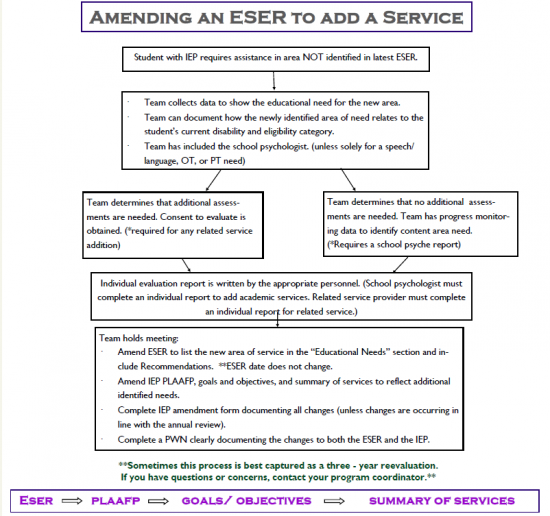Presents Levels of Academic Achievement and Functional Performance (PLAAFP) are developed during the IEP process first for a reason – without a proper PLAAFP, the team cannot develop the goals or select an appropriate program. Take the following 5 steps to construct detailed PLAAFPs:
1. Bring current data to the IEP meeting. This doesn’t mean information that is a year or older. Rely more on hard data than teacher observations. Data should speak for itself.
2. Be cautious when using numbers in PLAAFPs. Think twice before saying that a child does something X percent of the time or X out of X times. If you are saying that a child does something 8 out of 10 times, does he consistently do it 8 out of 10 times or just that day assessed? PLAAFPs should explain where the child is functioning on a day to day basis, not where he was functioning on a particular day.
3. Review test scores and evaluation results prior to meeting. Team members should have an opportunity to interpret test scores and evaluation results for themselves. Sometimes different staff members and parents have different beliefs about whether a student is making progress and what the student needs to improve. Reviewing ahead of time leads to a meaningful discussion at the meeting.
4. Write PLAAFPs in positive terms. PLAAFPs are supposed to identify what a student can do. Avoid using the word can’t when writing PLAAFPs. What the child cannot do comes into play when developing the goals and objectives. PLAAFPs identify student strengths and abilities while goals identify what the student needs to learn to do.
5. Use the “stranger test” to assess PLAAFPs. A PLAAFP is appropriate if a person who is unfamiliar with the IEP would be able to identify exactly what the student can do. This is likely if the PLAAFP includes measurable data and specific details.
Excerpted from Special Ed eConnection by LRP (February 2013)
